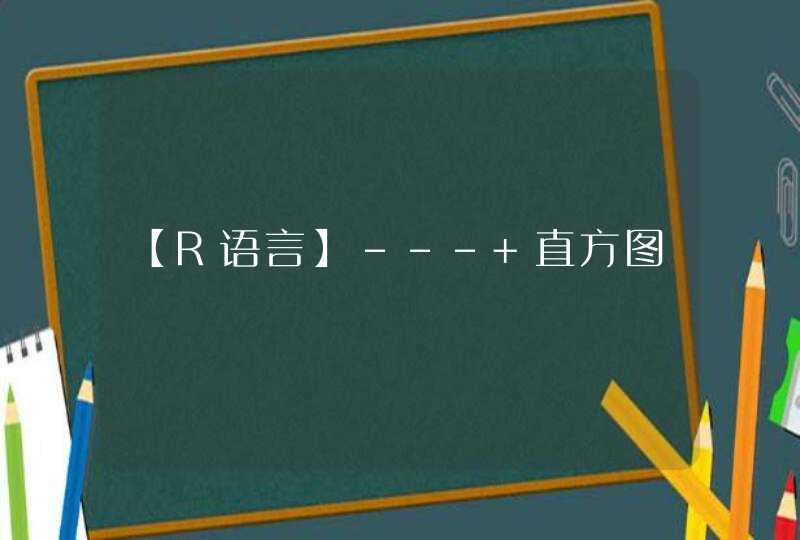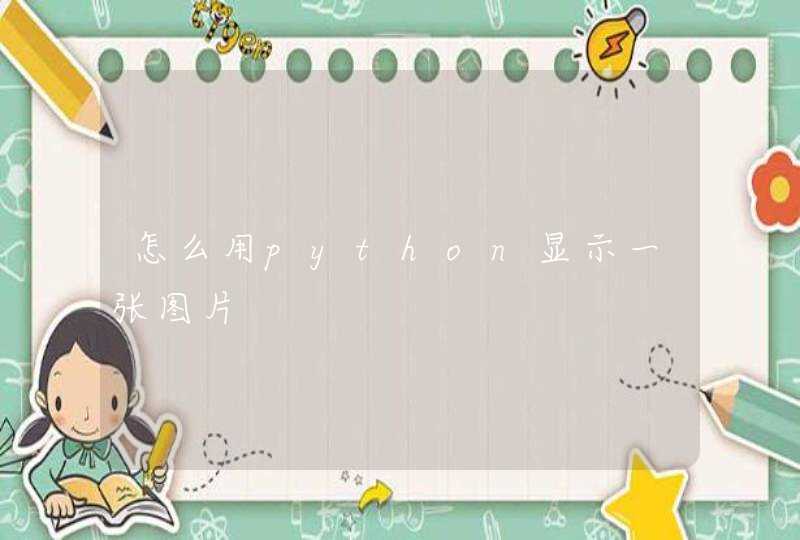
E:\opensource\go\go
├─api
├─bin
│ ├─go.exe
│ ├─godoc.exe
│ └─gofmt.exe
├─doc
├─include
├─lib
├─misc
├─pkg
├─src
└─test
2、增加环境变量GOROOT,取值为上面的go工作目录
3、Path环境变量中添加"%GOROOT%\bin",以便能够直接调用go命令来编译go代码,至此go编译环境就配置好了
注:如果不想手动设置系统环境变量,也可下载go启动环境批处理附件,
修改goenv.bat文件中的GOROOT值为上面的go工作目录后直接双击该bat文件,go编译环境变量即设置完成。
4、测试go编译环境,启动一个cmd窗口,直接输入go,看到下面的提示就是搭建成功了
E:\opensource\go\go>go
Go is a tool for managing Go source code.
Usage:
go command [arguments]
The commands are:
build compile packages and dependencies
clean remove object files
doc run godoc on package sources
env print Go environment information
fix run go tool fix on packages
fmt run gofmt on package sources
get download and install packages and dependencies
install compile and install packages and dependencies
listlist packages
run compile and run Go program
testtest packages
toolrun specified go tool
version print Go version
vet run go tool vet on packages
Use "go help [command]" for more information about a command.
Additional help topics:
gopath GOPATH environment variable
packagesdescription of package lists
remote remote import path syntax
testflagdescription of testing flags
testfuncdescription of testing functions
Use "go help [topic]" for more information about that topic.
5、编译helloworld测试程序,go语言包中test目录带有helloworld.go测试程序,源码见"附一 helloworld.go",
直接调用"go build helloworld.go"就生成了"helloworld.exe"可执行程序,运行一下这个程序看到了我们期望的hello,wolrd。
E:\opensource\go\go\test>go build helloworld.go
E:\opensource\go\go\test>helloworld.exe
hello, world
E:\opensource\go\go\test>
附一 helloworld.go
// cmpout
// Copyright 2009 The Go Authors. All rights reserved.
// Use of this source code is governed by a BSD-style
// license that can be found in the LICENSE file.
// Test that we can do page 1 of the C book.
package main
func main() {
print("hello, world\n")
}
Go 生态系统学习基本上相当直接的。我们之前在 C/C++/Java/Objective-C/PHP 的经验让我们学习 Go 相当快,并且在几天内就开始开发了。当然会有一些新的和不常见的东西需要学习,包括 GOPATH 还有如何处理包,但这在我们的预期之内。
几天之内,我们意识到即使是一个以简化为设计目的的语言,Go 也是非常强大的。它能够做任何现代编程语言应该能做的事:能够处理 JSON、服务器之间通讯甚至访问数据库也没问题(并且只需要几行代码)。
在构建一个服务器时,你应该首先决定是否使用任何第三方库或者框架。对于 Bugfender,我们决定使用:
Martini
Martini 是一个强大的 Go 的 web 框架。我们开始这个实验时,它是一个很棒的解决方案,至今也是,我们还没遇到任何问题。然而如果我们今天再次开始这个实验的话,我们会选择一个不同的框架,因为 Martini 不在维护了。
Gorm
有些人喜欢 ORM,而有些人则不喜欢。我们决定使用 ORM,更确切地说是 GORM。我们的实现只针对 web 前端,对于日志提取 API 仍然继续使用手工优化的 SQL。在一开始,我们确实很喜欢它,但是随着时间的推移,我们开始发现问题,并且我们很快将它从代码中完全移除,并且使用 sqlx 这个标准 SQL 库。
GORM 的一个主要问题是 Go 的生态系统。作为一个新语言,自我们开始开发产品以来 Go 已经有很多新版本。在这些新版本中的一些改变并不向后兼容,因此要使用最新的库版本,我们要经常重写已有代码并检查我们为解决版本问题所做的 hack。
1.最简单的方法:public static String reverse1(String str)
{ return new StringBuffer(str).reverse().toString()
}
2.最常用的方法:
public static String reverse3(String s)
{char[] array = s.toCharArray()
String reverse = "" //注意这是空串,不是null
for (int i = array.length - 1i >= 0i--)
reverse += array[i]
return reverse
}
3.常用方法的变形:
public static String reverse2(String s)
{ int length = s.length()
String reverse = "" //注意这是空串,不是null
for (int i = 0i <lengthi++)
reverse = s.charAt(i) + reverse//在字符串前面连接, 而非常见的后面
return reverse
}



![R语言 > pairs(iris[,1:4]) > pairs(iris[1:4]) 这俩语句画的图一样,,那个逗号是干嘛的??](/aiimages/R%E8%AF%AD%E8%A8%80+%26amp%3Bgt%3B+pairs%28iris%5B%2C1%3A4%5D%29+%26amp%3Bgt%3B+pairs%28iris%5B1%3A4%5D%29+%E8%BF%99%E4%BF%A9%E8%AF%AD%E5%8F%A5%E7%94%BB%E7%9A%84%E5%9B%BE%E4%B8%80%E6%A0%B7%EF%BC%8C%EF%BC%8C%E9%82%A3%E4%B8%AA%E9%80%97%E5%8F%B7%E6%98%AF%E5%B9%B2%E5%98%9B%E7%9A%84%EF%BC%9F%EF%BC%9F.png)
































































